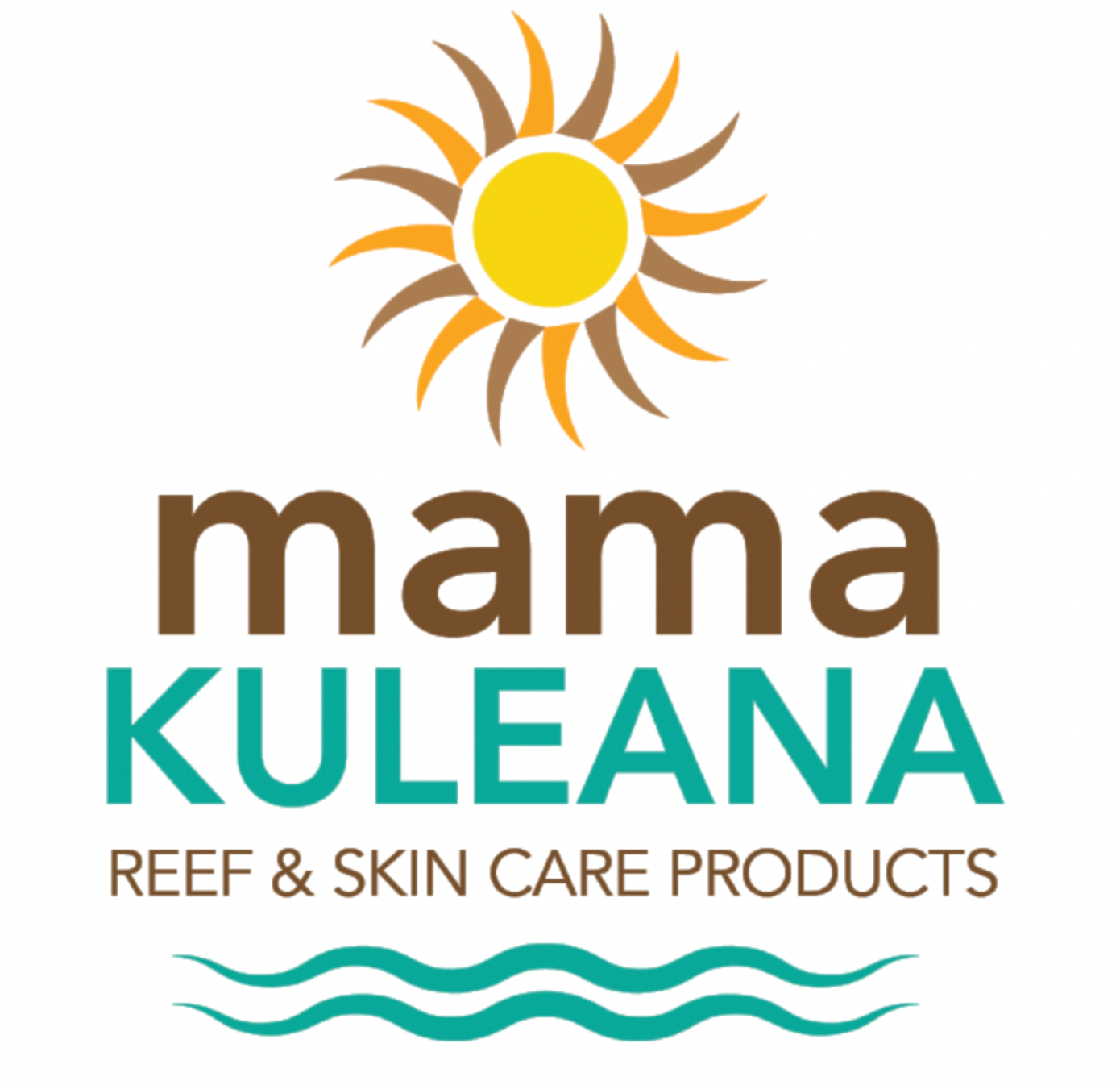As summer approaches, protecting our skin from the sun's harmful rays becomes a top priority. However, it's crucial to consider not only our skin but also the health of our oceans. In this ultimate guide, we will explore reef safe sunscreen and its significance in protecting both our skin and the environment.
Understanding the Environmental Impact of Conventional Sunscreens:
Did you know that certain chemicals commonly found in conventional sunscreens pose a significant threat to coral reefs? Studies have shown that ingredients like oxybenzone and octinoxate contribute to coral bleaching, disrupting delicate marine ecosystems. In fact, it's estimated that around 14,000 tons of sunscreen end up in coral reefs every year, exacerbating the problem. The time has come to make more informed choices.
What Makes a Sunscreen Reef Safe?
Reef safe sunscreens are specifically formulated to be free from harmful chemicals that harm coral reefs. Instead, they utilize alternative ingredients like zinc oxide, that is considered safe for both your skin and the environment. Mineral-based compounds provide effective protection against harmful UV rays while minimizing the impact on marine life. When selecting a reef safe sunscreen, look for products that explicitly state their reef-safe status and are certified by reputable organizations.
The Benefits of Reef Safe Sunscreen for Your Skin:
Reef safe sunscreens not only prioritize environmental preservation but also offer the same level of protection as conventional sunscreens. They effectively shield your skin from UVA and UVB rays, reducing the risk of sunburn, premature aging, and skin cancer. Additionally, reef safe formulas are often gentle and less likely to cause skin irritations or allergies, making them suitable for those with sensitive skin.
How to Choose and Use Reef Safe Sunscreen:
Selecting and using reef safe sunscreen is simple. Start by checking the ingredient list for harmful chemicals like oxybenzone, octinoxate, and parabens. Look for products that contain zinc oxide or titanium dioxide instead. These ingredients create a physical barrier on your skin, reflecting and scattering UV rays. Opt for sunscreens with broad-spectrum protection and a sun protection factor (SPF) of 30 or higher.
When applying reef safe sunscreen, follow these guidelines:
- Apply a generous amount to all exposed areas of the skin.
- Reapply every two hours or more frequently if swimming or sweating.
- Pay attention to commonly missed areas like the ears, back of the neck, and tops of the feet.
- Remember that sunscreen should be used year-round, not just during the summer months.
Environmental Consciousness Beyond Sunscreen:
While switching to reef safe sunscreen is a significant step, there are more ways to contribute to coral reef preservation. Consider participating in beach clean-ups, supporting marine conservation organizations, and spreading awareness about the importance of reef protection. Additionally, being conscious of your carbon footprint, reducing single-use plastic, and choosing products with sustainable packaging can further minimize your environmental impact.
By choosing reef safe sunscreen, you can safeguard your skin from the sun's harmful rays while actively participating in coral reef preservation. Make an informed choice, prioritize both your skin health and the environment, and join the movement to protect our oceans. Share this information with others and let's make a positive impact together.
Remember, it's essential to conduct thorough keyword research to identify relevant long-tail keywords related to reef safe sunscreen. Incorporate these keywords naturally into the content, including the title, headings, and throughout the body of the blog post. Additionally, consider adding relevant meta tags, optimizing image alt tags, and ensuring the post has a clear URL structure to enhance its search engine

